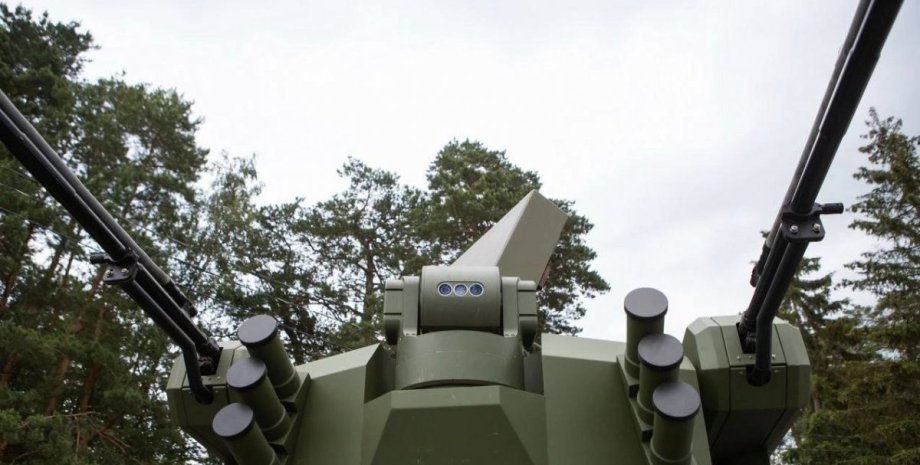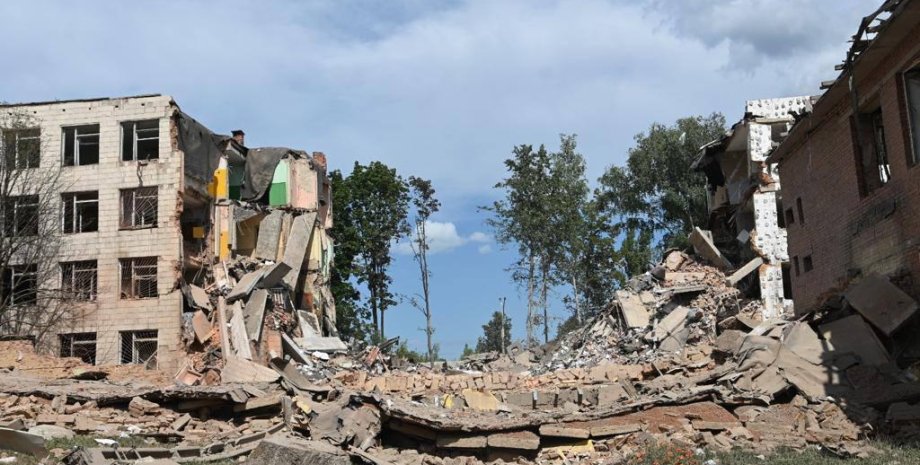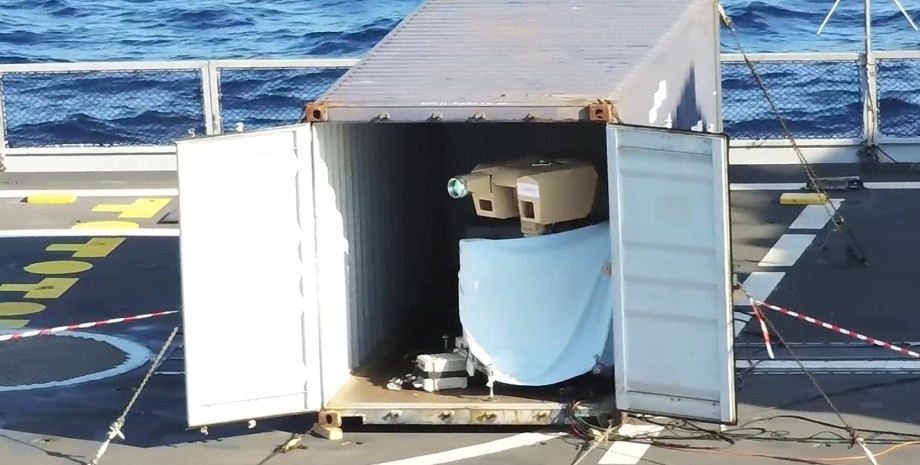
Do the USA and NATO members have military equipment that can be the answer of the Russian Federation? The Russian Khabarovsk submarine, which generally resembles the already existing Borei-class submarine, was built specifically to launch the high-tech Poseidon nuclear torpedo. Fokus translated an article by security analyst Brandon Weichert for The National Interest portal, which is about the newly manufactured Poseidon nuclear torpedo carrier.
The analyst explained the meaning of the signal that the Russian Federation sent to the West. The Russian "Project 09851" is a special nuclear submarine, specially designed as a carrier of an autonomous nuclear torpedo under the designation "Poseidon". "Project 09851", also known as "Khabarovsk", was launched on November 1 at the famous "Sevmash" shipyard, but before being put into service, it is awaiting retrofitting and sea trials.
Although this news caused weeping and gnashing of teeth in the Western press, few have the courage to mention the only reason Khabarovsk was built in the first place, namely, Moscow's conviction that the West is steadfast in its desire to expand NATO near Russia's borders. The West has a firm intention to continue expanding NATO. The Russians know about these intentions and are not going to put up with them. Because of this, the world is teetering on the brink of nuclear Armageddon.
Khabarovsk is believed to have a modified hull based on the powerful Russian Borei-class strategic submarines ("Project 955"). The key difference between Khabarovsk and Borei-class submarines is that the ballistic missile compartment was removed from the former. In its place, large launch and maintenance devices for the autonomous nuclear torpedo "Poseidon" are installed. Details about Khabarovsk are understandably scarce, given the strict secrecy surrounding its construction.
But judging by the Borei class, Khabarovsk will have a displacement of about 10,000 tons and a length of 110 to 115 meters. It is known to be capable of carrying several Poseidon Unmanned Underwater Vehicles (UAVs): most sources report that this submarine can carry up to six Poseidons. The Khabarovsk is also armed with standard torpedoes and possibly anti-ship and surface-to-surface missiles.
The submarine is equipped with a nuclear reactor and can reach a speed of more than 30 knots in a submerged position, and its autonomy reaches months. The crew is about a hundred people, but the exact number is unknown. BPA "Poseidon" - autonomous torpedoes with nuclear engines, which have a nuclear reactor on board and a large warhead designed to destroy coastal targets; for their transportation and launch, special devices are needed, for which Khabarovsk was built.
The submarine "Khabarovsk" became the second specialized carrier after the "Belgorod", but the "Belgorod" was converted from another submarine, while the "Khabarovsk", according to available data, is a specially designed production hull. From an operational point of view, "Khabarovsk" is a platform for deployment and launch of "Poseidon". According to Russian sources, the Khabarovsk is designed to operate at speeds and depths inaccessible to many countermeasures.
It is believed that such torpedoes are capable of causing a "doomsday tsunami", although this sounds doubtful. The operational reliability, guidance system, stealth and performance of the Poseidon reactor, as before, remain a matter of debate. Although "Poseidon" is designed as a stealth torpedo, the submarine itself is not without typical vulnerabilities (acoustic signature, bottlenecks on the route, reconnaissance surveillance).
Effective anti-submarine defense (ASD), satellite/radio surveillance and monitoring of "bottlenecks" along the route increase the risks for this submarine. In fact, this system is a component of Russia's initiative to demonstrate deterrence against the United States. Thanks to the submarine designed to launch the Poseidon torpedoes, Moscow hopes to force the US (and, by extension, NATO) to make concessions, among other things, on Ukraine. So far, Washington has not understood this signal.










All rights reserved IN-Ukraine.info - 2022